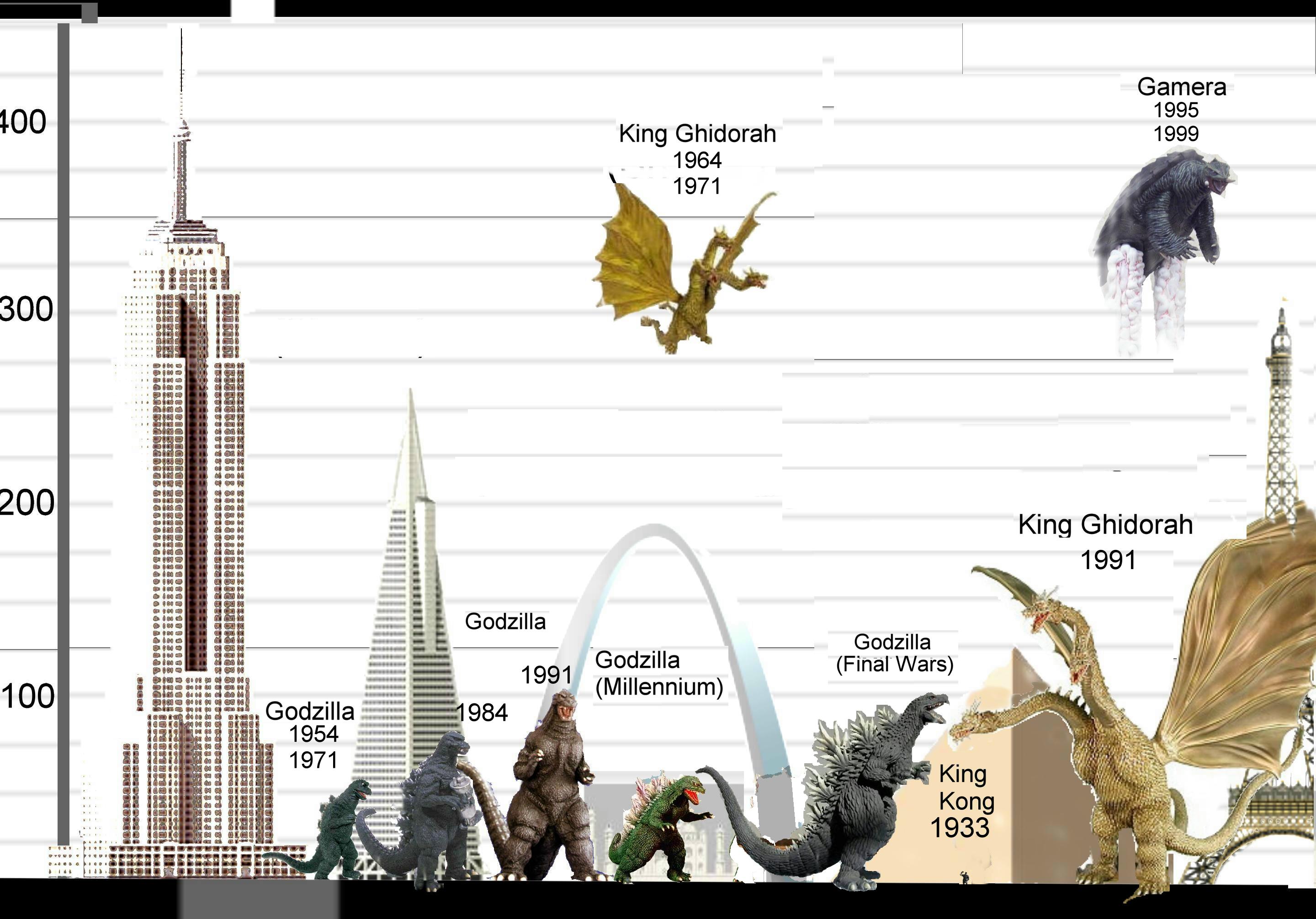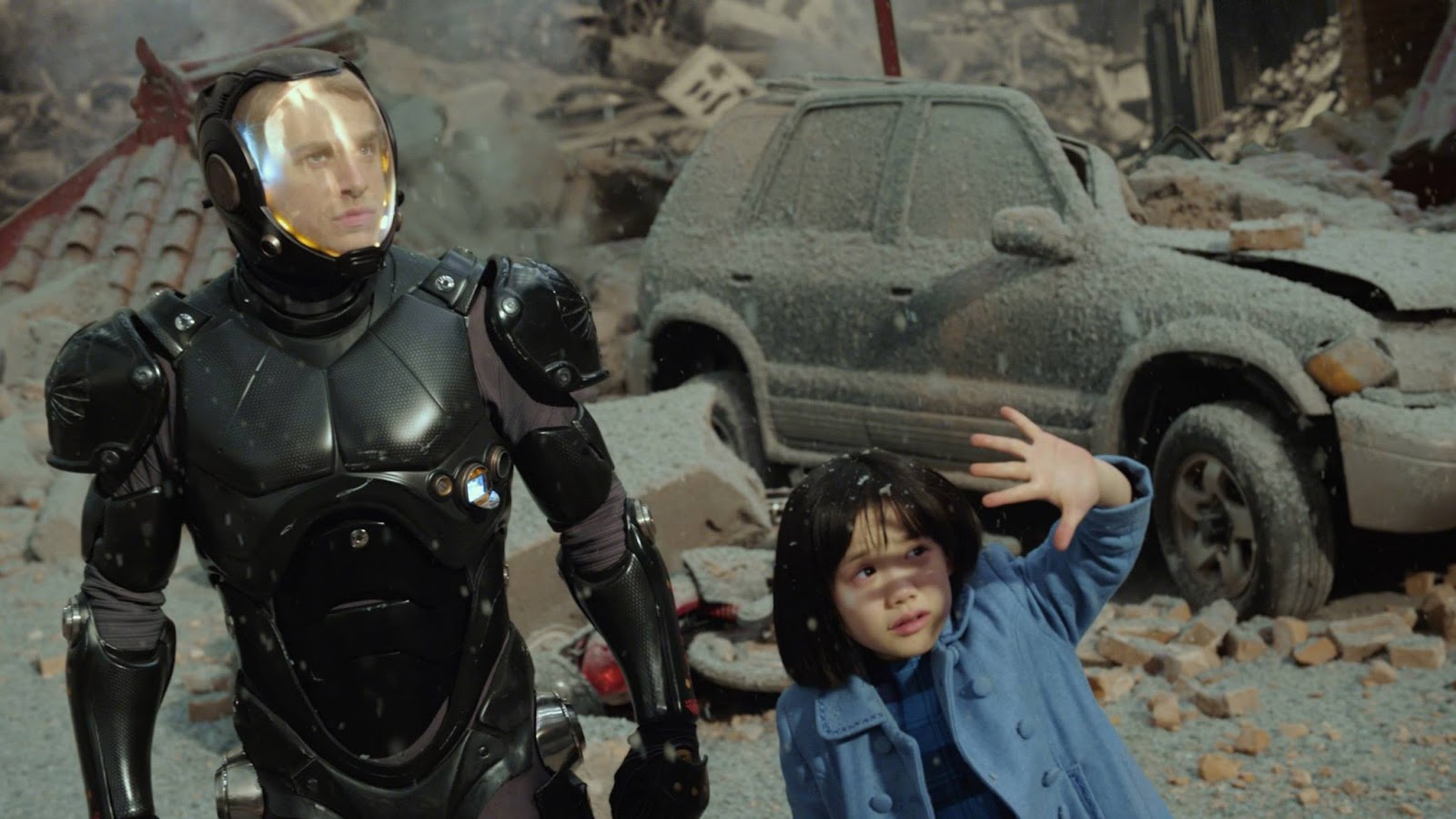Godzilla is Dead and We Have Killed Him: The Aesthetics of Destruction
Reading
- The Imagination of Disaster, Susan Sontag, Against Interpretation 1966
- Tokyo Must Be Destroyed, Ken Hollings, Digital Delirium, 1995
Godzilla has been around since the 50s. He's grown (in size) but retains an elusive quality.
Sontag: The Imagination of Disaster says essentially that after the second world war a new genre of film emerges from the nuclear threat.
The film reflect worlwide anxieties and they serve to alleviate them. The inculate a strange apathy ... haunting and depressing
Crossroads film discovers that the US once filmed an atomic Bomb explosion from 60 angles at once. The film edits them all together.
This appetite for disaster in film goes back much further:
The Eidophusikon (1781) is an early (pre-cinema) attempt to bring moving images to audiences.
[handbill]
The Economist Building (1964) in St James Square Here Alison and Peter Smithson create a kind of cinematic illusion: Three buildings of the same design but at different scales create all kinds of visual effects when you walk around the development. Zooming, enlarging: photographic (ie cinematic) methods.
The Fontainebleau Hotel (The Stairway to Nowhere) by Morris Lapidus (1954). Somewhat of a precursor to post-modernism. Here he puts a massive staircase into the foyer that leads to nowhere. Again, for cinematic effect.

Finally, Godjira (1954). See also trash culture. The film starts with the Lucky Dragon No 5 Incident (1954), where the American's accidentally dropped fallout onto a Japanese fishing boat (the fish had to be buried).
One of Godzilla's ancestors, of course, is King Kong (1933) with stop motion animation by Willis H O'Brian. Warner re-releases the film in 1954, sparking a huge interested in giant monster films, such as:
Beast from 20,000 Fathoms (1953) with animation by Harryhausen. Meanwhile in Japan: Tomoyuki Tanaka sees the two films above and combines them into Godjira (= Gorilla + Kujira, or whale). Special effects by Eiji Tsuburaya, who invents the idea of making a monster by putting a man into a costume and filming him in slow motion in a small-scale set. Haruo Nakajima plays Godzilla, Akira Ifukube writes the score.
Early in the film, Godzilla destroys the cinema that the film premiered at.

Two years later, an American buys the rights and completely re-cuts it. The original has this dark, personal story about guilt and loss. That's all cut, instead you get re-shot scenes with Raymond Burr. They also cut all references to the second world war, nuclear disarmament, and the firebombing of Tokyo. This is what happened to most Godzilla films at that time. This is still going on: Power Rangers.
 Godzilla growing over time. Source
Godzilla growing over time. Source
As a result of 9/11, we have this enormous image archive of what urban destruction actually looks like.
By the time we get to Avengers (2012), they're getting very good at showing urban destruction (and it's clear where the details come from). Pacific Rim (2013) also repeats 9/11 imagery.
 Note the fine dust. Source
Note the fine dust. Source